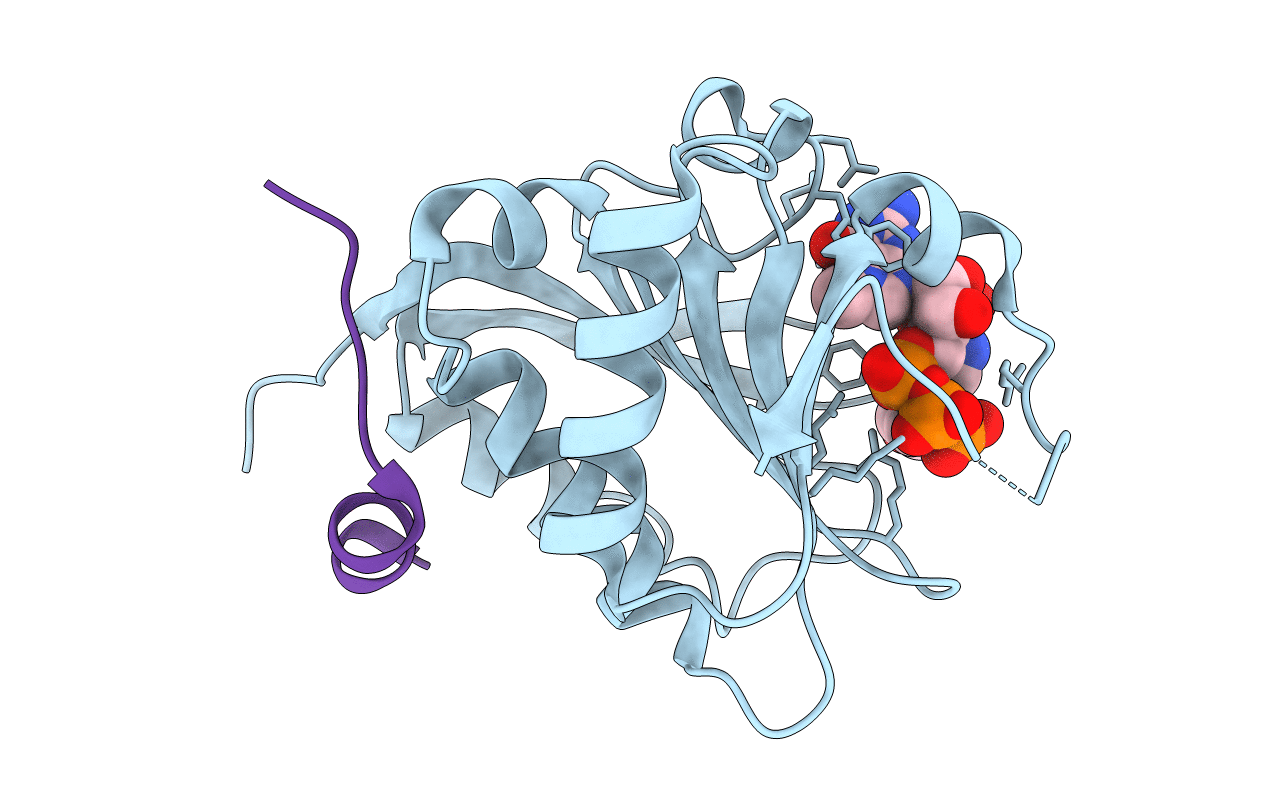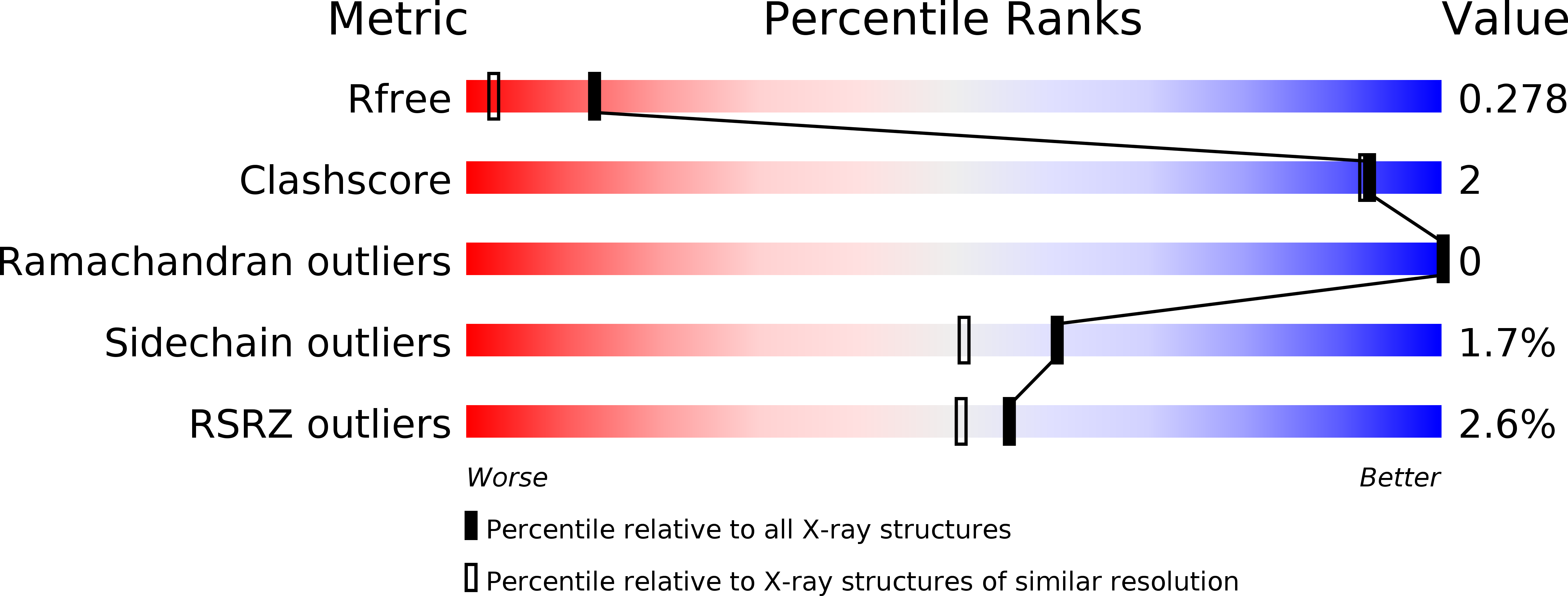
Deposition Date
2009-06-20
Release Date
2009-08-25
Last Version Date
2023-09-06
Entry Detail
PDB ID:
3HXI
Keywords:
Title:
Crystal structure of Schistosome eIF4E complexed with m7GpppG and 4E-BP
Biological Source:
Source Organism:
Schistosoma mansoni (Taxon ID: 6183)
Homo sapiens (Taxon ID: 9606)
Homo sapiens (Taxon ID: 9606)
Host Organism:
Method Details:
Experimental Method:
Resolution:
1.80 Å
R-Value Free:
0.27
R-Value Work:
0.21
R-Value Observed:
0.22
Space Group:
P 21 21 2


